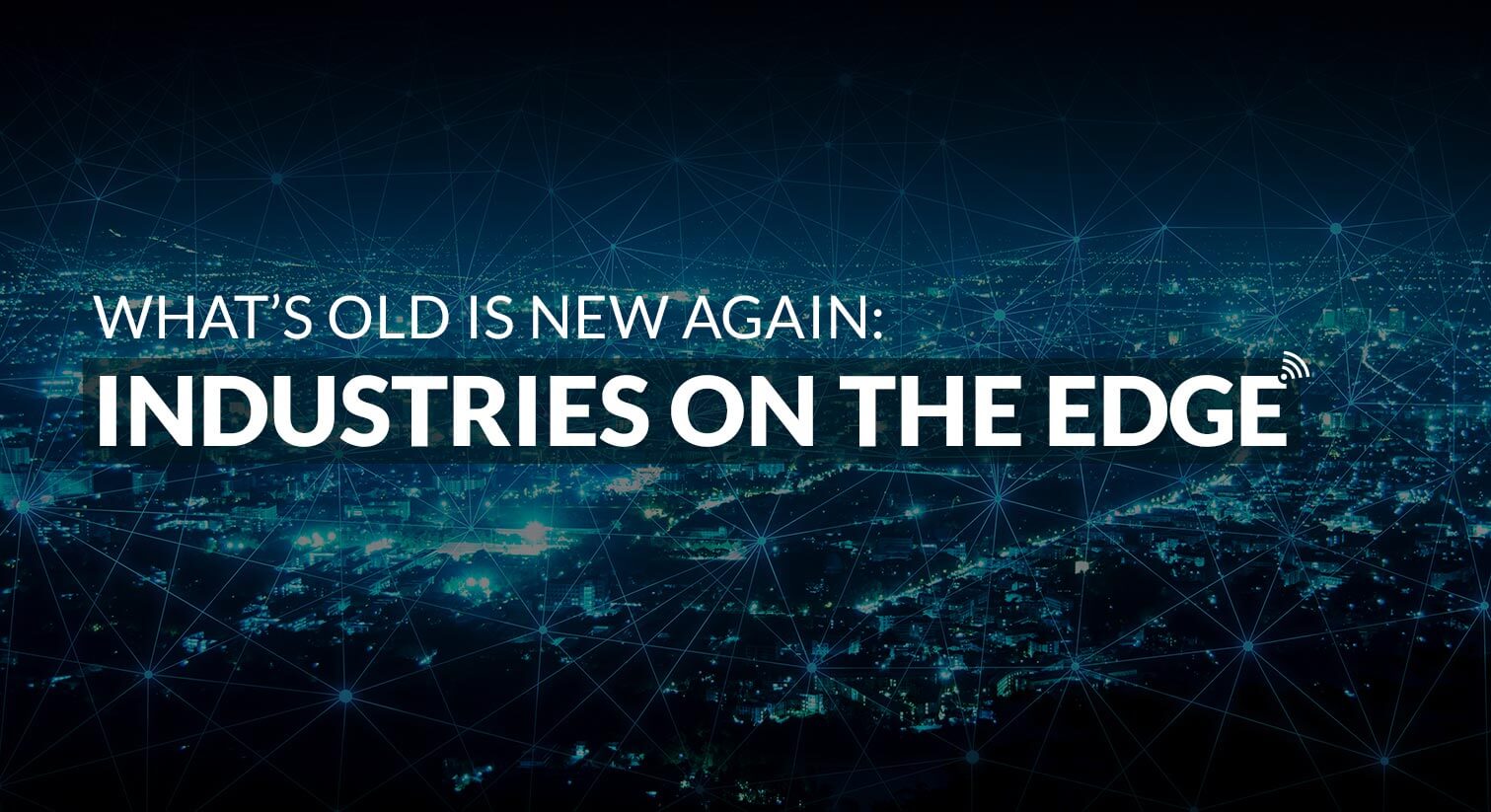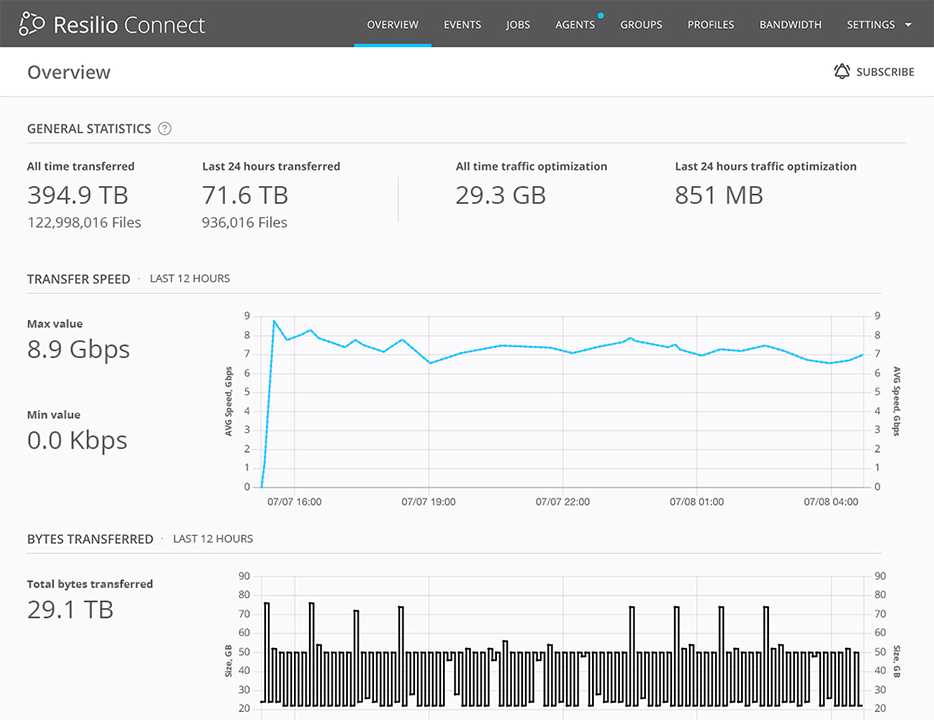Have you ever noticed the technology industry has a peculiar habit of repackaging things we’ve always done as something totally new and revolutionary? For example, putting computers in dedicated rooms where they can be cared for by operational experts is a practice as old as computing itself. But refer to this as “the Cloud” and watch your valuation soar!
The same thing is happening with “Edge Computing” in a way. Despite all the talk about autonomous vehicles and what not, computing at the edge isn’t all that new. If mainframes were the first cloud computers, then the mini’s and PCs and mobile smartphones began the long march to the edge. And as you might expect, many industries by their nature, have embraced computing at the edge for some time.
For example, walk into any modern quick service food chain (like a McDonald’s in Sydney, or “Maccas” in the native parlance) and try to count all of the local computers. A dozen self-service kiosks, order tracking processors, bluetooth beacons in the table locators, 10 to 20 point of sale terminals, rows of high definition digital signage, CCTV cameras and all of the automation making its way to food prep itself. Each of those restaurants might have 60 systems today and everyone expects even more tomorrow. But even today, every restaurant is effectively a mini-data center, operating locally and in a “lights-out” configuration from 100s of miles away — there being no scalable “remote hands” solution for a chain that operates 30,000 to 40,000 stores (or data centers) scattered all over the globe.
Are you starting to see the similarities with Edge Computing?
Retail has been doing it for decades.
What’s more, as bricks and mortar retail is forced to confront the competitive challenges brought about by the likes of Amazon, we can expect every brand to compete around a more fulfilling service experience, with local technology delivering that experience. All of this means much more computing at the edge in the very near future. Imagining everything from checker-less grocery stores to visualizing yourself wearing the latest fashions using Augmented Reality and it’s easy to see the need at the edge is here to stay.
So, is retail the only trailblazer in this regard?
Far from it.
In our new series of posts, “Industries on the Edge”, we’ll take a quick tour of others doing amazing things at the edge today as well as a few industries set to embrace innovation on the edge in the very near future. And for our first installment of the series, we’ll start with a rather familiar category:
Vehicles
No, not the dozens of autonomous cars cavorting around my Silicon Valley neighborhood. That is certainly a very compelling and complicated edge computing problem, but not on any scale that we would call an “industry” yet.
Instead, I’m referring to local fire brigade or police battalion, the airlines and the shipping fleets, rail transportation, and trucking. For the most part, every one of these commercial vehicles in each of these industries has substantial computing onboard, and in many cases, the data and systems involved are crucial to save or protect lives.
If a fireman is about to enter a smoke-filled building, knowing the blueprints ahead of time can make all the difference. Likewise, the most up to date maps and inventories of hazmat involved get the crew to the emergency quicker and save them from an unexpected surprise once there. All of that data must be up to date and synchronized across every vehicle in the department. And only local data is reliable enough when lives are on the line. Furthermore, keeping the onboard systems patched and updated prevents malicious entities from exploiting vulnerabilities in local systems that can disrupt essential services during an emergency.
Delivering these data, software, and applications while managing complicated workflows over unreliable and intermittent connectivity means resilience and reliability are the key operating parameters for success at the edge.
Likewise, airliners are complicated computing platforms in a similar sense. A modern airliner can generate GBs of data for every hour of flight. And the data contains a wealth of information that can be analyzed and used to prevent downtime and accidents or improve operational efficiency and lower costs. The pilots also carry edge computers and mobile devices for each flight (these are known as Electronic Flight Bags or EFBs) containing essential data, manuals, NOTAMs and flight plans. Managing these data and systems is a complicated task, again often involving poor and intermittent connectivity. In each case, synchronizing the necessary data for local consumption is the only acceptable paradigm.
Railways are an even more interesting example in that they operate smart vehicles (locomotives and other rolling stock) and “smart” infrastructure comprising considerable trackside systems. Both of these involve substantial amounts of local computing that often operates or resides in remote locations at the edge. But the resulting data and systems are key to efficient modern operations.
In the same sense, ships at sea or marine construction vessels and offshore platforms are effectively floating data centers. Each contains a staggering amount of IT systems aboard a platform that is often nearly isolated or at best reachable over spotty and expensive satellite connectivity. Even then, the throughput involved is barely competitive to my old dial-up modem, but the data involved is of a contemporary size.
In each case, the challenges of operating IT systems aboard commercial vehicles are legion. The workflows involved (the whole point of the local edge computing) are essential and must be resilient, fault tolerant, intelligent and above all scalable as it’s not uncommon to manage a fleet of vehicles numbering in the thousands and each with dozens or hundreds of systems and workflows onboard.
As an industry on the edge, commercial vehicles are leading the way and helping us define how we’ll manage more are more critical systems and applications at the edge of the network.
Conclusion
Many have gone before us to operationalize substantial computing at the edge. And building on this experience, we see the speed of innovation increasing. Cheap and pervasive computing will further revolutionize these industries and many others.
The unforgiving nature of the edge environment demands that we learn all we can from these industries while advancing the pace of innovation, empowering agility, embracing continuous deployment at the edge and relentlessly improving operations ahead of the competition. Helping you manage data, workflows, and systems at the edge in a reliable and scalable way is what we do at Resilio. And it’s a game changer where the game is most difficult: On the edge.






